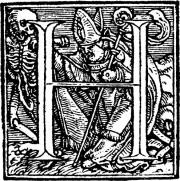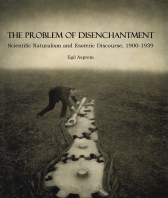I’ve received three books for review over the last few weeks, making for a hectic book review phase (I’m not gonna mention the ones I’m already late with). They are three fascinating collections, dealing with very diverse material. Here’s a quick preview.
Clare Copeland and Jan Machielsen’s Angels of Light? (Brill, 2012) is a collection of essays dealing with that delicious problem of Christian theology and practice: how to discern real sanctity from demonic trickery? If an angel appears in all its splendour – whether in a dream, a vision, or in front of your bare eyes – how do you know that it is not the devil masquerading to lure the devout to the dark side? This, in a nutshell, is the problem of discernment. It has had consequences not only on the abstract level of theological philosophizing, but also on the social level. Above all during the tumultuous reformation era, when new reformers led to the emergence of new sects with new creeds, new leaders, and new lines of authority. The devout had to fear not only false angels, but false prophets as well. From the blurb:







